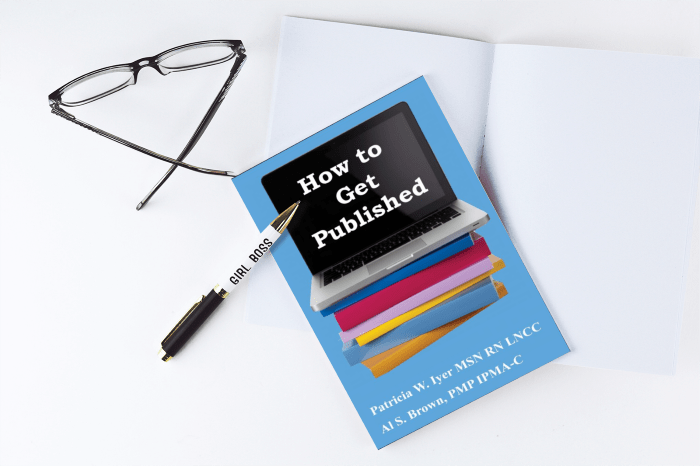 You can’t build your book without a blueprint. Knowing how to structure your book will help you make that first critical step – to begin.
You can’t build your book without a blueprint. Knowing how to structure your book will help you make that first critical step – to begin.
First, make a list of the benefits your book will offer to your target reader. Then decide how you will organize your content. The most effective way to do this is in outline form. There is a reason your teachers asked you to create outlines before you wrote papers. Outlines make the structure so much easier.
You Need a Compelling Introduction
Most non-fiction and practically all how-to books begin with introductions. These give an overview of what the book will specifically offer the reader and provide a detailed description of the book’s structure.
Although your book will have no unimportant chapters, the introduction has special importance. If a potential reader picks up your book in a store, he or she will probably turn to the introduction.
The introduction assumes even more importance in terms of its listing on an online book site (Amazon, Barnes & Noble, Apple, etc.). Amazon, for example, offers a sample that makes up the first 20% of the book. This will include the introduction.
Someone who gets a sample has a real interest in your book. This means that your introduction has to deliver. Make it as powerful and as appealing as you can.
I recommend you write your introduction after you complete the book. By then, you know what you’ve said, and can use that knowledge to give the overview in the introduction.

Keep the Format Consistent
The remaining chapters, except for the last one, should follow a consistent format. Some authors like to begin chapters with a quote that summarizes the content of each chapter. Some begin with a story. However you begin, your opening words should describe the chapter’s content.
Although you’re not writing your book to be entertaining in the way that fiction is, make it as interesting as possible. If you have a funny story, include it, provided that it contributes to the message of that chapter. Any anecdotes you include should illustrate the practical content you’re providing.
Case studies provide a particular value. Stories of real people who went through what the reader is experiencing or intends to experience provide the opportunity for him or her to identify with the subject. They can also offer step-by-step practical advice.
How-to books usually include numbered and bulleted lists that emphasize key points to structure your book. This formatting helps to draw attention to what’s important.
Many authors like to close each chapter with a summary of the main points. I included bulletted points at the end of the chapters of some of my books. This provides a handy reference for readers who want to refresh their memories. It also makes the lessons sink in more deeply.
The final chapter is usually a wrap-up. It summarizes the main points of the book. If you’re interested in developing a more direct relationship with the reader, you can offer something free: a compilation of articles, for example. If you publish a newsletter, you can encourage the reader to subscribe.
Be sure to also provide a bibliography and other resources.

Review Your Outline of the Structure of Your Book
Go over your outline carefully. Does the content flow from one chapter to the next? Have you covered all the important points? Often I find that I need to reorganize material within chapters or the order of chapters once I’ve written a book.
Remember that you may decide to move chapters around as new approaches occur to you during the writing process. What’s important is that your outline provides a solid foundation for your reader.
- There is an article or book trapped inside you that is aching to get written
- You are interested in developing or expanding your ability to write for publication.
- You are unsure how to get started as an author.
- The idea of writing seems so overwhelming that you do not know how to start.
- You are afraid of being embarrassed by misusing words.
- You are concerned with avoiding traps associated with being an author or editor.
If you liked this post, you’ll love How to Get Published.
 Pat Iyer is an editor, author, book coach and ghostwriter who helps individuals create books that encourages their expertise to shine and advances their businesses. She has written or edited 48 of her own books.
Pat Iyer is an editor, author, book coach and ghostwriter who helps individuals create books that encourages their expertise to shine and advances their businesses. She has written or edited 48 of her own books.


